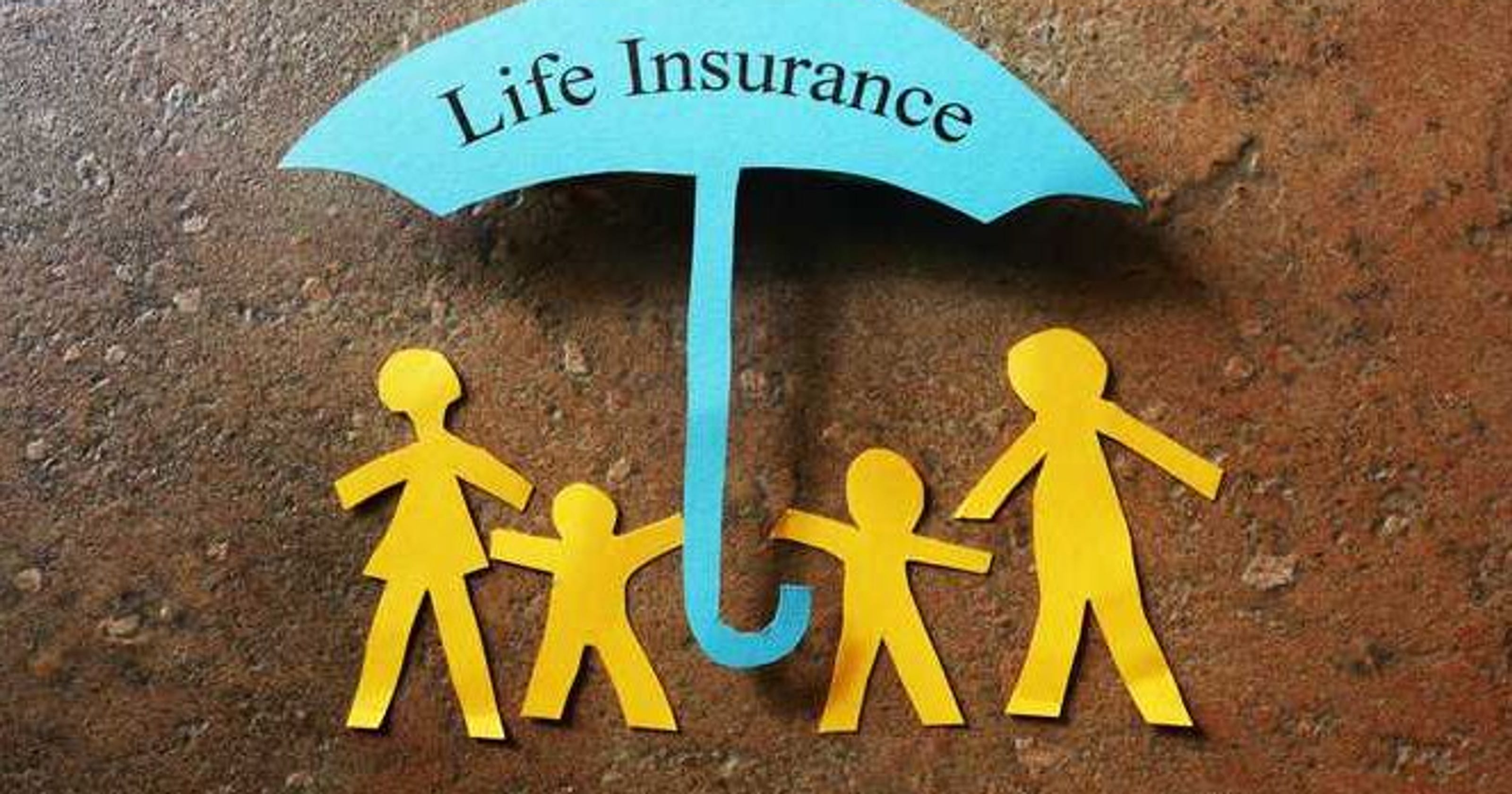Content
An accounts receivable reconciliation should include an aged list of outstanding invoices and amounts that agree to the general ledger balance. As a consumer we may go the store to shop for goods or services; however, when we leave the store we must issue payment before we can take our goods and go home. Many companies in the business world sell their goods or services for credit. Buying something on credit means that the ownership Direct Write-Off Method of the goods is transferred to the buyer at the point they take possession but payment is not due until some agreed upon point in the future. Typically, there is an established relationship between the buyer and seller or a formal process to determine how much credit to extend to a customer. This process may include completing a credit check and establishing a line of credit for customers based on their credit score.
Ella Ames is a freelance writer and editor with a focus on personal finance and small business topics such startups, business financing, and entrepreneurship. She has a background in business journalism and her work has appeared not only on The Balance, but LendingTree, ValuePenguin, EE Times, PolicyMe, AllBusiness.com, and more. When businesses follow the matching principle, it helps give investors a clear idea of the revenue a business has generated.
Smith’s account is the only one shown with the cash receipts journal entry in the illustration below. When a business organization loses expectation to receive the amount due on certain receivables, it treats those amounts as expenses under the direct write-off method rather than treating them as provisions. Hence, the amount is treated as an expense account and not as an allowance account in the financial statements. Two primary methods exist for estimating the dollar amount of accounts receivables not expected to be collected. Bad debt expense can be estimated using statistical modeling such as default probability to determine its expected losses to delinquent and bad debt. The statistical calculations can utilize historical data from the business as well as from the industry as a whole. The specific percentage will typically increase as the age of the receivable increases, to reflect increasing default risk and decreasing collectibility.
What Are Two Methods Used To Adjust Accounts Receivable?
For example, if you made a sale at the end of one accounting period ending in December, you might not realize the bad debts until the beginning of March. A direct write-off often happens in a different year than when the sale was made, or in other words, the revenue was recorded by your business.
This can become a major audit concern if the amount of uncollectable debt is too high. Since the bad debt has a relationship to the revenue reported, ideally a company would want to match the bad debt to the same period in which the revenues were earned. This estimated amount is then booked into a balance sheet account, or contra asset account, called Allowance for Doubtful Accounts or Allowance for Uncollected Accounts. In contrast to the allowance method, the https://www.bookstime.com/ does not utilize a reserve or allowance account. The direct write-off method is an accounting method by which uncollectible accounts receivable are written off as bad debt. In essence, the bad debts expense account is debited and accounts receivable is credited.
Advantages
If you consistently have uncollectible accounts, use the allowance method for writing off bad debt, as it follows GAAP rules while keeping financial statements accurate. Using the allowance method can also help you prepare more accurate financial projections for your business. However, the direct write-off method must be used for U.S. income tax reporting. Apparently the Internal Revenue Service does not want a company reducing its taxable income by anticipating an estimated amount of bad debts expense . This means that when the loss is reported as an expense in the books, it’s being stacked up on the income statement against revenue that’s unrelated to that project.
Rather, the direct write-off method may be used to record uncollectible accounts. This method does not follow the matching principle because the uncollectible or bad debts involved are recognized in other periods than in the one in which the income is earned. The financial statements do not present a true and fair view of the financial statements of a business organization if they fail to follow the accounting principles.
Allowances or provision of doubtful debts or any other items for which provisions have been made earlier is not considered under this method. The amount due is considered as bad debts and treated as an expense in the income statement and written off from accounts receivables in the statement of financial position. The bad debt expense or the write-off amount does not have an effect on the annual sales of the business organization. According to the matching principle, it will affect only net profit and accounts receivables of the current financial year. Direct write-off mostly refers to the recording of uncollectible accounts receivable. Companies often make credit sales and retain accounts receivable, expecting to collect them from customers over time.
Accounting Topics
The direct write off method is one of two methods to account for bad debts in bookkeeping. The direct write off method is used in accounting to charge customer’s liability as an expense if the account is determined as uncollectible. This method is more convenient to perform as it uses an actual amount of bad debt. Under the allowance method, a write‐off does not change the net realizable value of accounts receivable. It simply reduces accounts receivable and allowance for bad debts by equivalent amounts. An actual invoice must be eliminated from the detail of accounts receivable when all collection efforts have been exhausted by the department.
- The direct write off method is a way businesses account for debt can’t be collected from clients, where the Bad Debts Expense account is debited and Accounts Receivable is credited.
- In a promissory note, the party making the promise to pay is called the maker.
- In October, it becomes obvious that the customer is only going to be able to pay $4,000, and the remaining $1,000 becomes bad debt.
- This means that, regardless of when the actual transaction is made, the expenses that are entered into the debit side of the accounts should have a corresponding credit entry in the same period.
- Recognizing the bad debt requires a journal entry that increases a bad debts expense account and decreases accounts receivable.
There is not a direct one-to-one matching for expenses to revenue using this method. The sales method applies a flat percentage to the total dollar amount of sales for the period. For example, based on previous experience, a company may expect that 3% of net sales are not collectible. If the total net sales for the period is $100,000, the company establishes an allowance for doubtful accounts for $3,000 while simultaneously reporting $3,000 in bad debt expense.
Customer Service
Therefore the entire balance in Accounts Receivable will be reported as a current asset on the company’s balance sheet. As a result, the balance sheet is likely to report an amount that is greater than the amount that will actually be collected. It can also result in the Bad Debts Expense being reported on the income statement in the year after the year of the sale. For these reasons, the accounting profession does not allow the direct write-off method for financial reporting.
- You own a car auto shop and install a new engine in a customer’s car for $3,000.
- It is a method of removing the expected amount from the books account for which provisions have not been made earlier.
- Although only publicly held companies must abide by GAAP rules, it is still worth considering the implications of knowingly violating GAAP.
- There is not a direct one-to-one matching for expenses to revenue using this method.
- Beth can then record the receipt of the cash with a debit to cash and a credit to accounts receivable.
The direct write off method is typically used when calculating income taxes owed. The method does not involve a reduction in the amount of recorded sales, only the increase of the bad debt expense.
The account can become uncollectible after the specialist’s multiple attempts to reach a customer remains unsuccessful, and an outstanding balance turns into bad debt. The allowance is based on factors such as the amount of bad debts in prior periods, general economic conditions and receivables aging. Some companies also include allowances for returns, unearned discounts and finance charges. Each of the major types of receivables should be identified in the balance sheet or in the notes to the financial statements. Like accounts receivable, short-term notes receivable are reported at their cash realizable value. Under the percentage of receivables basis, management establishes a percentage relationship between the amount of receivables and expected losses from uncollectible accounts.
Now total revenue isn’t correct in either the period the invoice was recorded or when the bad debt was expensed. Through the direct write-off method, we straightforwardly book a bad debt expense by debiting the bad debt expense account and crediting the accounts receivable account. If Beth later receives the payment from the customer, she can reverse the write offjournal entryby crediting bad debt and debiting accounts receivable.
Defining Uncollectable Accounts
In “real life,” companies must estimate the amount of expected uncollectible accounts if they use the allowance method. The write-off is not the only element that is deducted from accounts receivables. So, the statement of financial position does not provide a correct picture of the write-off and accounts receivables.
It goes against the accrual system of accounting and violates the matching principle as well as the prudence concept. Company A has attempted to collect $6,350 from Company XYZ for several months. Company A’s collection department has been informed that Company XYZ has gone out of business, and they have instructed the process owners to write off the amount owed. GoCardless is authorised by the Financial Conduct Authority under the Payment Services Regulations 2017, registration number , for the provision of payment services. Mary Girsch-Bock is the expert on accounting software and payroll software for The Ascent.
Materiality should be agreed upon with campus administration for each unit individually. To account for uncollectible Non Student Accounts Receivables in the Kuali Financial Systems Accounts Receivable module and external receivables solutions approved by Financial Management Services. In the direct write-off method example above, what happens if the client ends up paying later on? On the contrary, the allowance method allows you to book a provision for the doubtful debt at the end of each year. The allowance method is the more generally accepted method due to the direct write-off method’s limitations.
What Is The Difference Between Sales Receipts & Sales Revenue?
If an old debt is paid, the journal entry can simply be reversed and the payment posted to the customer’s account. New business owners may find the percentage of sales method more difficult to use as historic data is needed in order to estimate bad debt totals for the upcoming year. If Wayne allows this entry to remain on his books, his accounts receivable balance will be overstated by $500, since Wayne knows that it’s not collectible. Your small business bookkeeper or accountant needs to manage bad debt properly. If you don’t sell to your customers on credit, you won’t have any bad debt, but it’s likely that you’ll also have a much smaller customer base. Should you use the direct write-off method to deal with those bad debts or is there a better way?
Businesses can only take a bad debt tax deduction in certain situations, usually using what’s called the “charge-off method.” Read more in IRS Publication 535, Business Expenses. The estimated amount is debited from the Bad Debts Expense and credited to an Allowance for Doubtful Accounts to maintain balance. The Coca-Cola Company , like other U.S. publicly-held companies, files its financial statements in an annual filing called a Form 10-K with the Securities & Exchange Commission . When we decide a customer will not pay the amount owed, we use the Allowance for Doubtful accounts to offset this loss instead of Bad Debt Expense. As per the laws in force and hands over the Financial Statements to its directors in return for a Remuneration of $ 5,000. The firm is taking regular follow-ups with the Company’s directors, to which the directors are not responding.
- However, while the direct write-off method records the exact amount of uncollectible accounts, it fails to uphold the matching principle used in accrual accounting and generally accepted accounting principles .
- When the buyer pays their invoice, the accounts receivable is decreased and the cash balance is increased.
- The entry made in writing off the account is reversed to reinstate the customer’s account.
- Estimated uncollectibles are recorded as an increase to Bad Debts Expense and an increase to Allowance for Doubtful Accounts through an adjusting entry at the end of each period.
- Armed with years of experience and knowledge of industry best practices, he or she can help assess the situation.
- Let’s say a company sells $5,000 of raw metal to one of its customers on credit in May, part of the second quarter period.
- Productive Activity is having a recent promise to pay, in writing and signed by the debtor, or a current payment plan in place on the account.
In the income statement, the bad debt expense is shown under the head ‘expense’ and is deducted from the gross profit. In the statement of financial position, the same amount is deducted from accounts receivables under the head ‘current assets’ to show the actual amount of accounts receivables for the current financial year. The direct write-off method is applicable when the business entity is sure that it will not receive any amount due on accounts receivables.
The matching principle states that expenses in an income statement shall relate to the revenue it has generated. The direct write-off methods violate the matching principle of accounting which states that every expense booked for the year should match the revenue it has generated. Net receivables are the money owed to a company by its customers minus the money owed that will likely never be paid, often expressed as a percentage. Bad debt expense is an unfortunate cost of doing business with customers on credit, as there is always a default risk inherent to extending credit. One customer purchased a bracelet for $100 a year ago and Beth still hasn’t been able to collect the payment.
Heres How To Tell If This Accounting Method Makes Sense For Your Small Business
If the lender expects that it will eventually be able to collect, the Notes Receivable account is transferred to an Account Receivable for both the face value of the note and the interest due. When the due date is stated in terms of months, the time factor is the number of months divided by 12. When the maturity date is stated in days, the time factor is frequently the number of days divided by 360.
Accounting TransactionAccounting Transactions are business activities which have a direct monetary effect on the finances of a Company. For example, Apple representing nearly $200 billion in cash & cash equivalents in its balance sheet is an accounting transaction. The contra asset account compilations are avoided if the direct write-off method is used. No provisions or reporting of provisions are required in this method. Contra Asset AccountA contra asset account is an asset account with a credit balance related to one of the assets with a debit balance.
As a direct write-off method example, imagine that a business submits an invoice for $500 to a client, but months have gone by and the client still hasn’t paid. At some point, the business might decide that this debt will never be paid, so it would debit the Bad Debts Expense account for $500 and apply this same $500 as a credit to Accounts Receivable.





